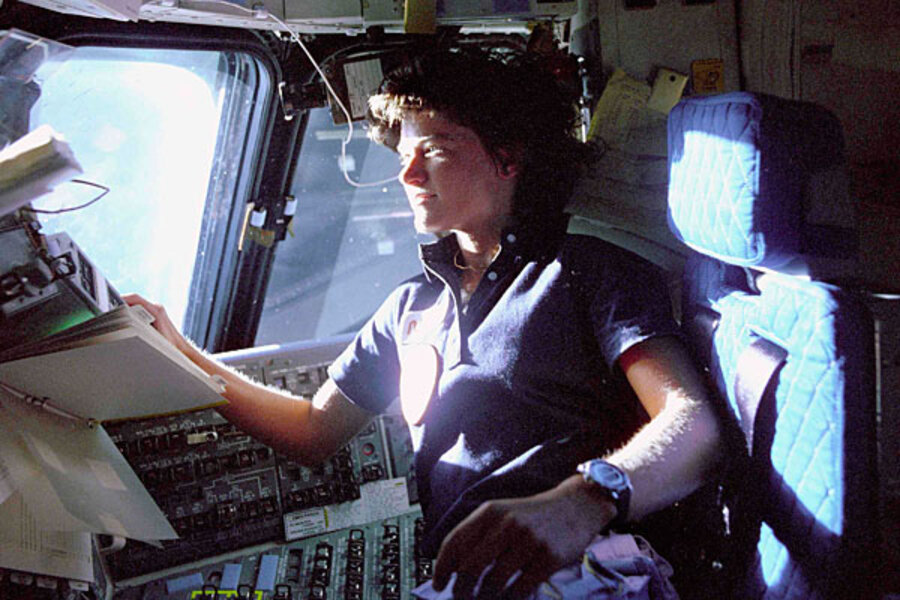Astronaut Sally Ride 'broke barriers with grace and professionalism,' says NASA
Loading...
Sally Ride, who in 1983 became the first American woman in space, died Monday after a 17-month illness.
Born in Encino, Calif., in 1951, Ride attended Stanford University, where she majored in English and physics. After completing her doctorate in physics at Stanford in 1978, she joined NASA as part of the first cohort of astronauts that admitted women.
After training for five years, Ride was selected as one of the five astronauts who would rocket into space on the Space Shuttle Challenger’s STS-7 mission, which lifted off from Kennedy Space Center, Florida, on June 18, 1983.
"The thing that I’ll remember most about the flight is that it was fun," Ride is quoted on the Sally Ride Science website. “In fact, I’m sure it was the most fun I’ll ever have in my life.”
Ride would travel into space one more time, in 1984, again aboard the Challenger. She was assigned to a third mission, but after the Challenger exploded shortly after liftoff in 1986, she joined the commission investigating the deadly accident.
Ride retired from NASA in 1987, after which she taught physics at the University of California, San Diego, and authored several science books for children.
In 2001, she founded Sally Ride Science, an education company "dedicated to supporting girls’ and boys’ interests in science, math and technology."
"Sally Ride broke barriers with grace and professionalism – and literally changed the face of America’s space program," said NASA Administrator Charles Bolden in a statement. "The nation has lost one of its finest leaders, teachers and explorers. Our thoughts and prayers are with Sally's family and the many she inspired. She will be missed, but her star will always shine brightly."







